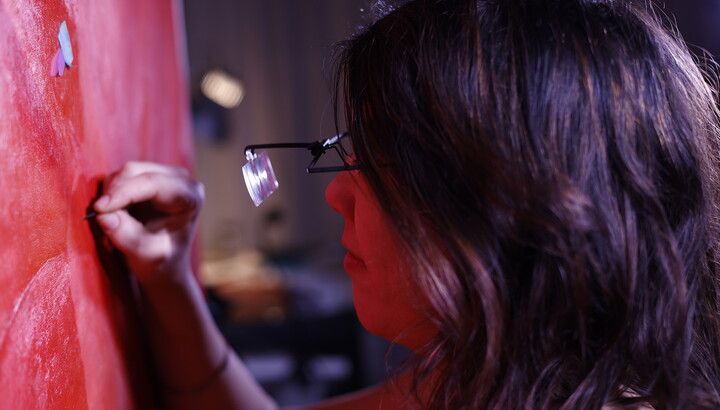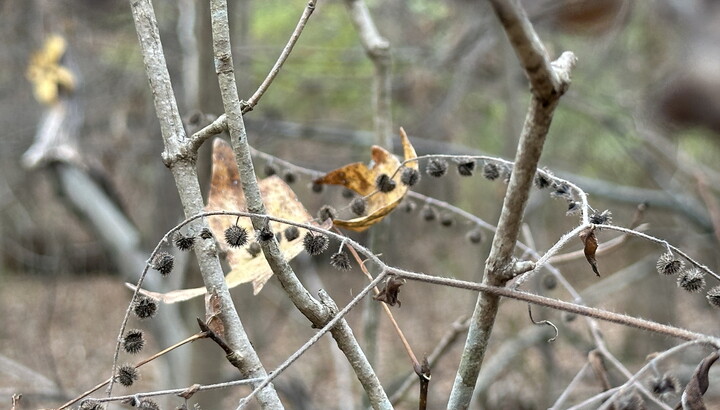The Carter Blog
Carter ARTicles
The work of art at the Carter
Jul 08, 2021
More than 120 people work at the Carter and each has their own role to play in making the visitor experience—both in person and online—an amazing one. For the museum’s 60th anniversary, staff were invited to share some of their favorite stories tied to work at the Carter. Below are some highlights. Be sure to visit the Carter soon and look for the “Art Work 60” labels throughout the galleries.
“Once on a Thursday evening … I decided to go see Plexus no. 34 from the roof of the museum through the dome. It looked amazing with the gallery lighting.”
Tom Burns, Security Supervisor
“I applied tiny droplets of adhesive with a miniscule brush under each flake of paint. When the droplet touches the paper and the underside of the paint flake, the flake is pulled down into place.”
Jodie Utter, Senior Conservator of Works on Paper, on conserving the painting There are Many Churches in Harlem by Jacob Lawrence
“My eyes could not get past the shackles on his wrists. Why can’t they be removed? My belief is that it’s because the shackles are so well hidden in a system that benefits White people who sometimes turn the other the way because they are unaffected.”
Alfred Walker, Head of Facilities, on first seeing The Freedman by John Quincy Adams Ward
“Photographs like this are hard to care for and challenging to exhibit because the color dyes fade when exposed to light … I monitor color prints, like this one, before and after each show with a spectrophotometer, an instrument that can detect the fading of the dyes before the fading becomes visible to the naked eye.”
Fernanda Valverde, Conservator of Photographs, on conserving the photograph Untitled by László Moholy-Nagy
“In 2016, I managed social media for the Carter. I was constantly on the lookout for fun, relevant hashtag challenges to connect to our art. In March, which is also Women’s History Month, the National Museum of Women in the Arts started the campaign #5WomenArtists, asking its followers, “Can you name five women artists?” … As you walk through the galleries, keep an eye out for more women artists on our walls. Are we there yet? You tell me.”
Isabel Hebert, Strategic Communications and Marketing Manager

















